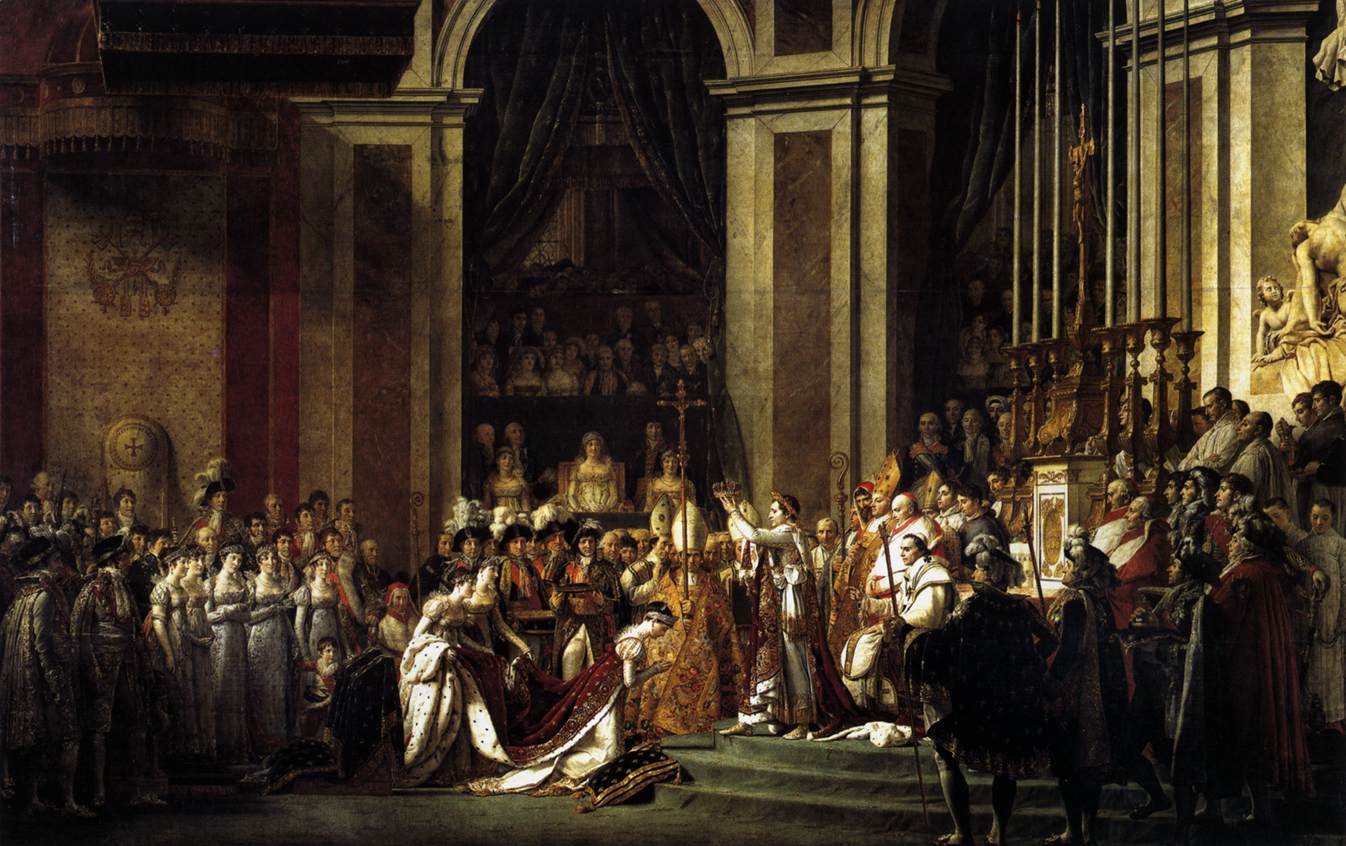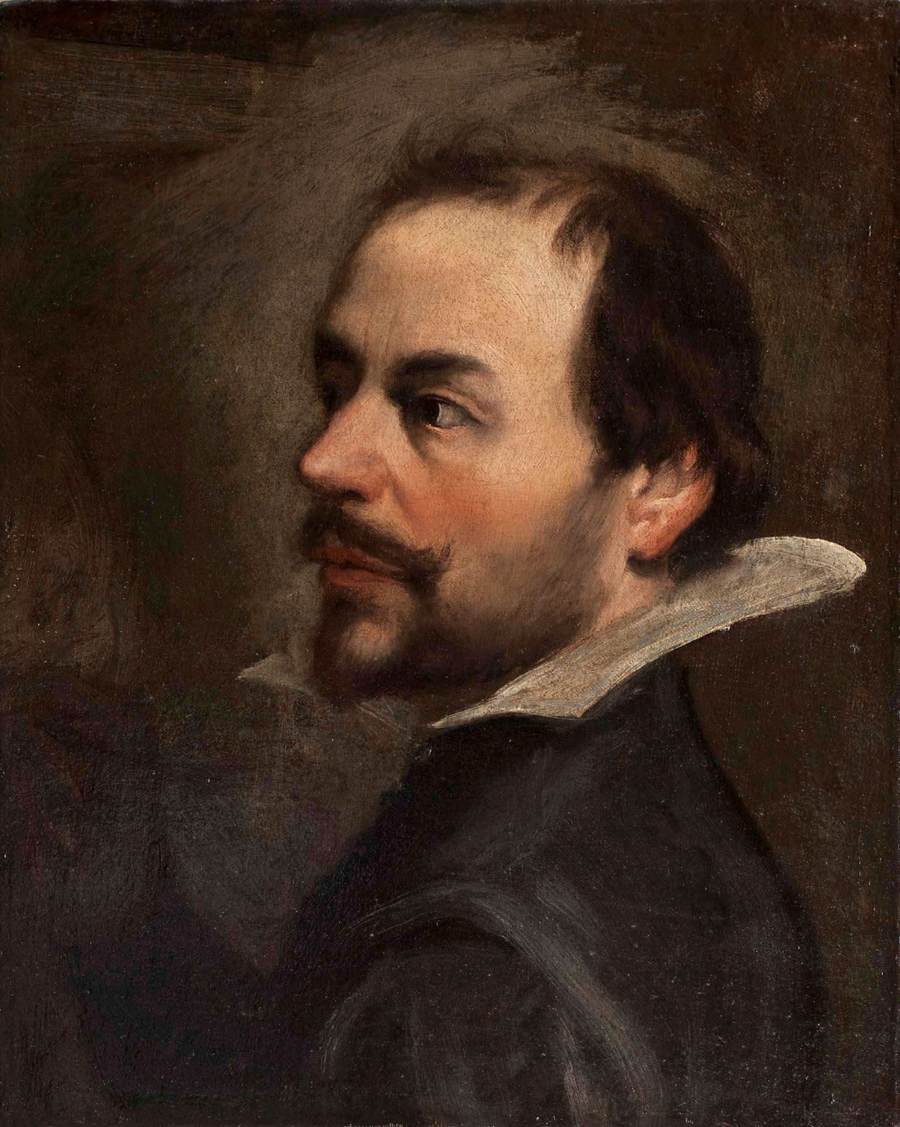Description
The painting Consecration of the Emperor Napoleon I and Coronation of the Empress Josephine, by the artist Jacques-Louis David, is a monumental work measuring 629 x 979 cm and is considered one of the most important of French Neoclassicism.
The work depicts the coronation of Napoleon Bonaparte as Emperor of France and the coronation of his wife, Empress Josephine, in the Notre-Dame Cathedral in Paris in 1804. The painting shows Napoleon and Josephine seated on a throne under a dome of marble, surrounded by a crowd of dignitaries and members of the court.
The composition of the work is impressive, with a large number of figures arranged in a majestic and grandiose setting. The use of perspective and lighting creates a three-dimensional effect that makes the scene seem real and tangible.
The artistic style of the work is distinctly neoclassical, with meticulous attention to detail and a concern for historical accuracy. David drew inspiration from ancient Greece and Rome to create a work that reflected the grandeur and majesty of the French Empire.
Color also plays an important role in the work, with a rich and vibrant palette that includes deep reds and gold tones. Light and shadow are used to create a dramatic effect and emphasize the importance of the main characters.
Although the work is widely known, there are some little-known aspects that are worth mentioning. For example, Napoleon is said to have been dissatisfied with the portrayal of his brother Joseph Bonaparte in the work and ordered his image erased. It is also believed that David included his wife and son in the play as extras.
In summary, the painting Consecration of the Emperor Napoleon I and Coronation of the Empress Josephine is an impressive work that reflects the grandeur and splendor of the French Empire. Its neoclassical style, its majestic composition and its use of color and light make this work one of the most important in French art.
Recently viewed











